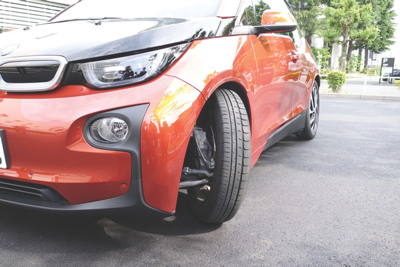The Rise of the CUV
A crossover or crossover utility vehicle (CUV) is a vehicle built on a car platform that combines features of a sport utility vehicle (SUV) with features from a passenger car, to varying degrees. Crossovers use the unibody construction typical of passenger vehicles instead of the body-on-frame platform found in light trucks and the original SUVs. CUVs

Deciphering the Sidewall
There is a lot you can tell about a tire just by looking at it. Federal regulations require most of that information to be branded on the sidewall, though not all of the markings are included on every tire. Let’s take a look at the markings and their meanings. Size-Metric The first one or two
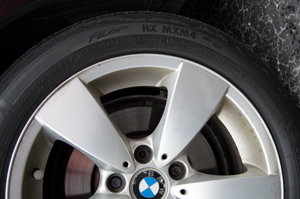
Winter Tire Innovations
Winter tires have been around since 1934, when Finnish tiremaker Nokian introduced them for trucks. Two years later, Nokian added sizes for passenger cars. This was during a time when there were still many horses and carts on the roads, and motor vehicles didn’t have today’s handling and braking capabilities. Tires that helped keep trucks
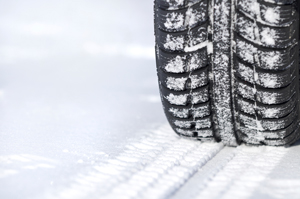
Eco-Friendly Tires
There aren’t many products with a worse environmental image than tires. Too many people have seen huge piles of scrap tires, or worse still, burning tires that defy attempts to extinguish them. It’s a problem that’s hard to ignore, and, not surprisingly, tire manufacturers today seem to be very sensitive to the issue. Tiremakers stress their commitment
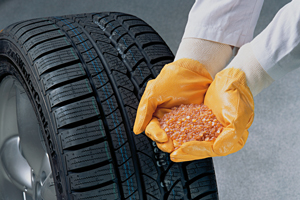
UTQG Ratings Unfurled
Today’s tires have so much information imprinted on their sidewalls (and labels) that reading all of it is like sitting down with a book. Part of the verbiage is the Uniform Tire Quality Grade (UTQG) ratings for treadwear, traction and temperature. But what exactly do those numbers and letters mean, where do they come from,
Speed Ratings
Across the pond in Germany, portions of the famed Autobahn do not have speed limits, so high-speed driving is very much the norm. In spite of its tolerance of high speeds, the German government is also very safety conscious. In order to allow drivers to match the speed capability of the tires installed on their
Determining the Right PSI
More than a few of us have spent time looking for the placard with a vehicle’s tire pressure recommendations. And more than a few consumers have looked at their owner’s manual or that elusive placard and wondered why the pressures there are different from the maximum pressure on the tire’s sidewalls. How do the automobile
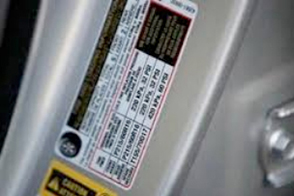
Telematics & Tires
Just as vehicle telematics are affecting maintenance and repair, tire telematics are becoming reality, as well. Though several tiremakers may be working on “smart” tires or TPMS developments, Continental and Pirelli already have made waves in this arena. Here’s what their developments mean for right now, as well as a look ahead. Continental has developed
Qualify Your Customer
The Internet has changed our lives in many ways, and tire dealers have not been immune to its transformative power. More customers than ever research their tire purchases on the Web, joining the ranks of readers who for years have relied on Consumer Reports and a variety of car publications for tire guidance. What hasn’t

Tire Testing From A to Z
There are three principal reasons tire manufacturers test their products: Competitive Benchmarking – From material formulations to overall tire performance and on-vehicle testing, engineers want to get a firm grasp on what the competition offers prior to the development of their next new tire. Research and Development – To develop a new tire, manufacturers test
Breaking Down Winter Tires
There are three principal categories of winter tires: performance winter, studless ice and snow, and studdable winter tires. All meet severe snow service standards and are branded with the mountain snowflake pictograph. Performance winter tires are for drivers looking for (relatively) high levels of dry road handling from their winter tires and are willing to
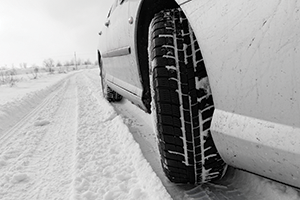
Emerging OE Tire Trends
Corporate Average Fuel Economy – better known as ‘CAFE’ – regulations were first enacted in the U.S. in 1975, in the wake of the panic-inducing Arab Oil Embargo (Google that for details). CAFE standards are still with us today, and are intended to improve the average fuel economy of cars and light trucks, and the
